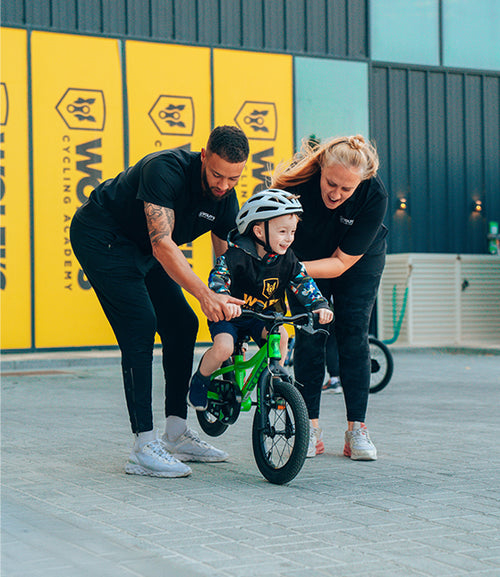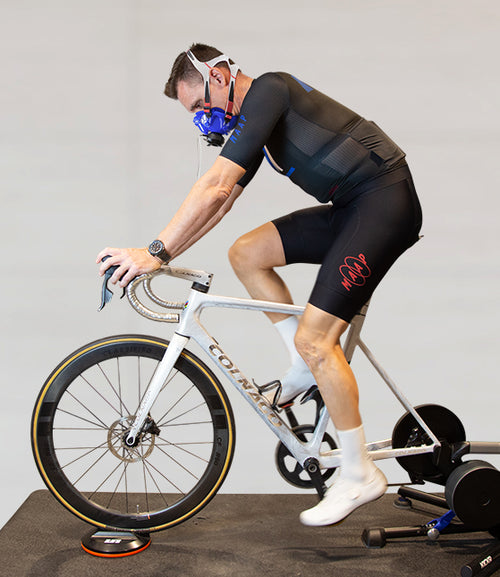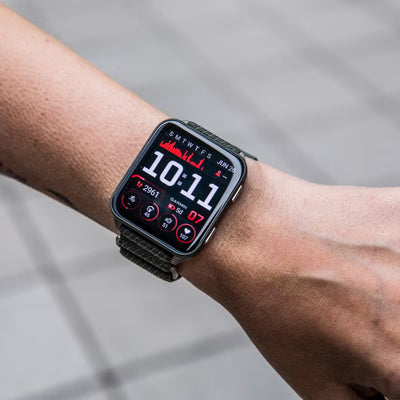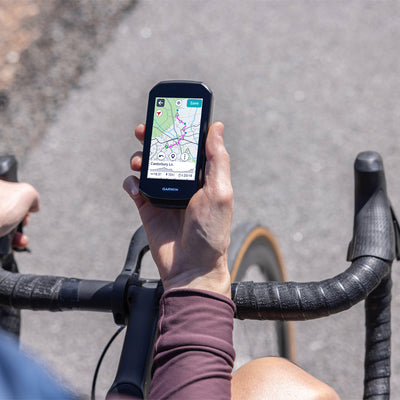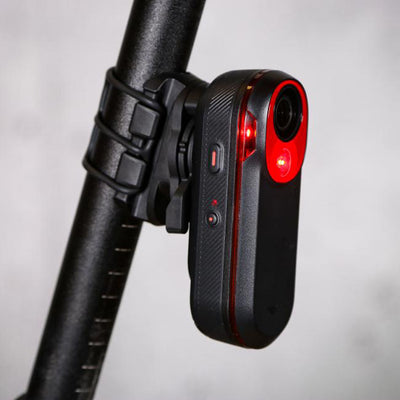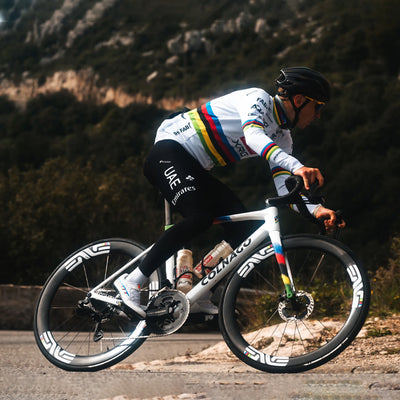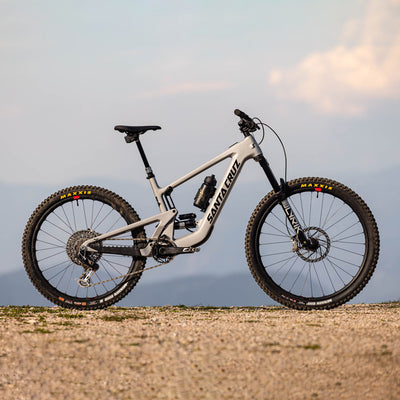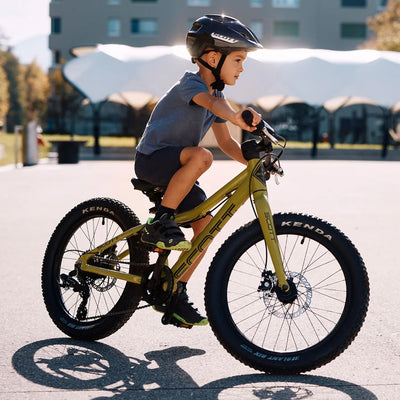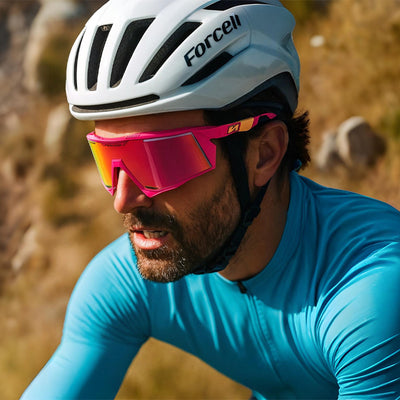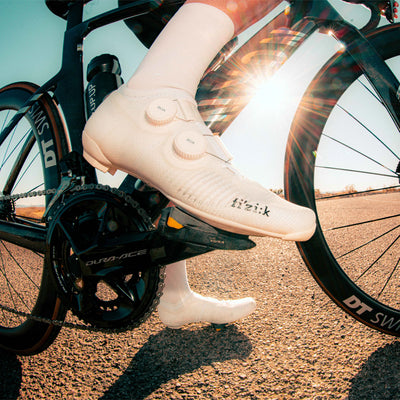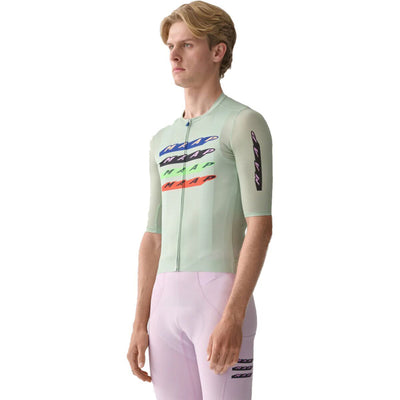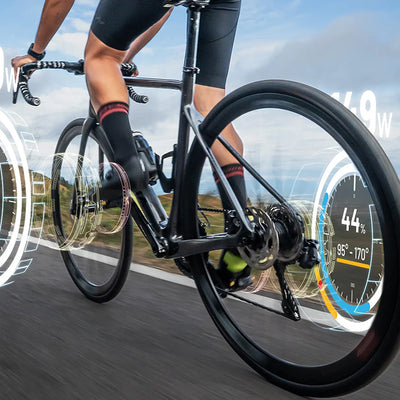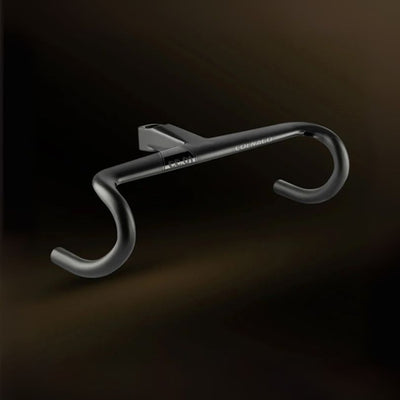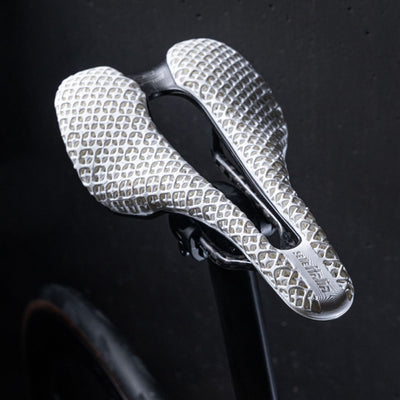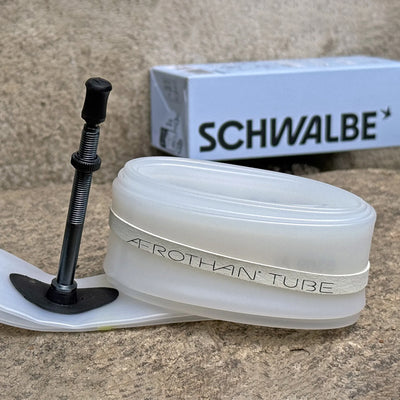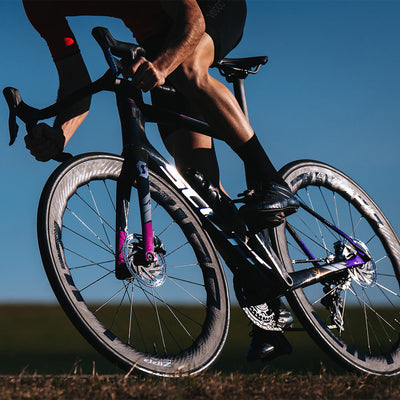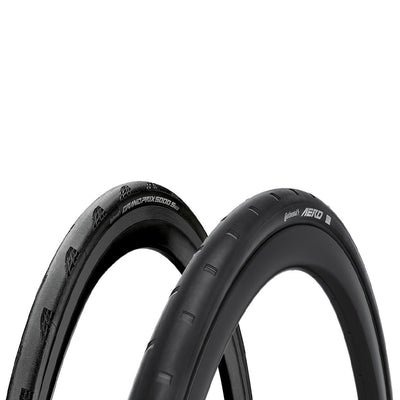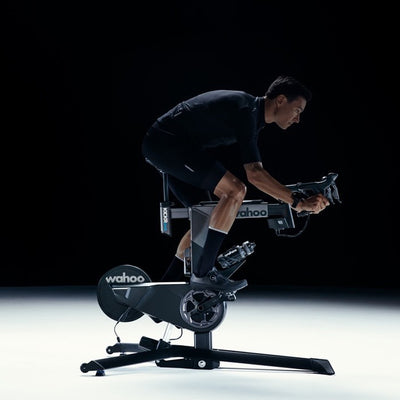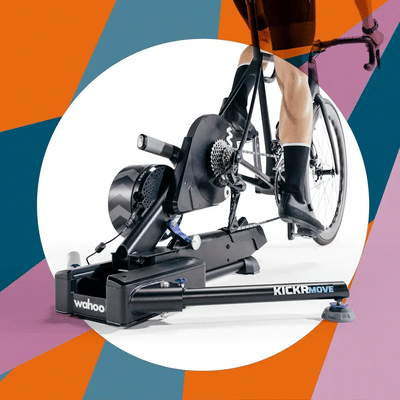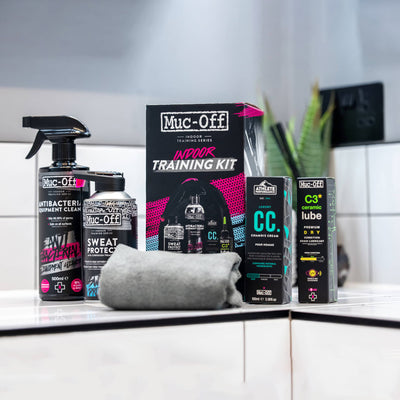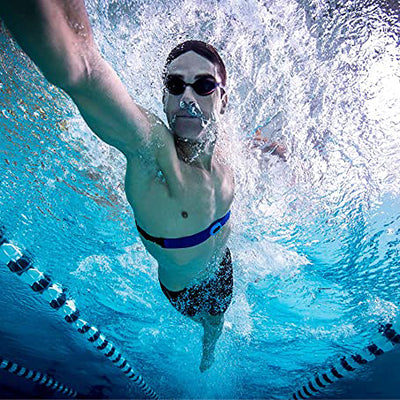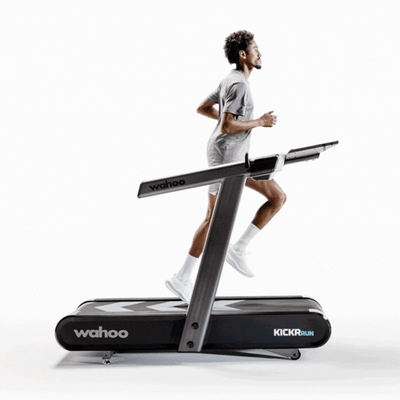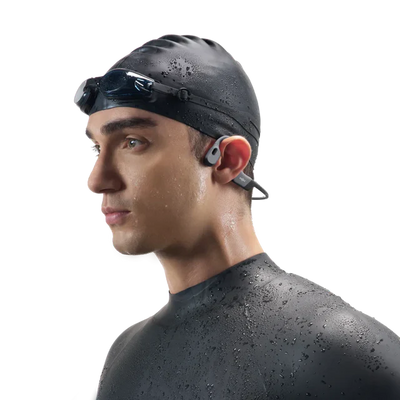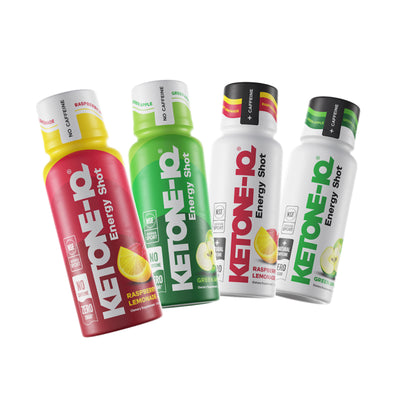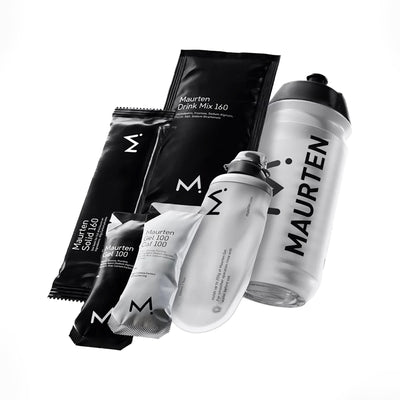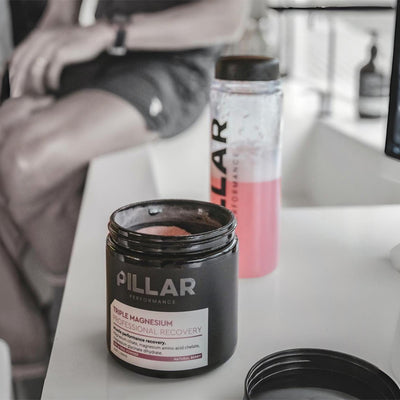The Ins and Outs of Cleat Maintenance
Cleats – probably one of the most understated topics but one very important factor as this is where all the power gets transferred onto the pedals and is one of the main contact points between you and your bicycle.
It is essential to maintain them for optimum performance and long component life. Depending on how frequent they are used as well as walking on them off the bike plays a role.
The foot you always tend to use to cleat out will wear out faster than the other foot as it is exposed to more movement as well as placement on the road surface when stopping. Another sign is once you notice more play or movement on your pedals that they need replacing.
The general rule is to replace them every 6 months or 3000-5000km.
It is good to check them once a month and give them a good clean. Not only the cleats but the cleat bolts need to get replaced and need to be maintained as well.

One thing we tend to forget is the sweat that accumulates around the cleat bolts as well as wet conditions and debris cause cleat bolts to rust and become corroded.
This makes the bolts less effective and can damage the sole of your shoe especially when trying to replace cleats and while removing the bolts. As cleats are one of the key contact points it is essential to maintain as it can implicate your safety.
When replacing them, a product like Finish Line Premium Grease should be applied to the cleat bolts before tightening them onto the shoe soles as it prevents rust and will not wash out no matter what the conditions.
This products has been put to the test and they have excelled in the extreme pressure test, 4 ball wear test and saltwater rust and corrosion test.

A few things you can do to maintain optimum condition include:
- The number one maintenance recommendation would be the use of Finish Line Pedal & Cleat dry film lubricant. The product was engineered to ensure fast engagements and smooth releases every time. This product creates an ultra slick, dry protective film to reduce friction, stops premature wear and prevents the squeak noise which you and your fellow riders will be thankful for. This will improve the performance of all makes and models of road and mountain clipless pedals.
- Check them for debris and other wear and tear signs frequently.
- Carrying cleat covers to avoid walking on cleats.
- Replace them every six months.
- Ensure they are tightened to the correct amount after replacing them and apply grease on the cleat bolts before attaching them to the soles of the shoes.


When travelling keep an extra set in your travel bag – when travelling to an important event abroad, spare pedals and cleats can save the day if the bicycle doesn’t arrive in time or have any unfortunate luggage problems at the airport.
It is always a good idea to travel with your cycling shoes in your hand luggage – if the bicycle gets held up you have one less problem.
It is always advisable to have a multi-tool with you if you need to make any adjustments and you will need this tool to tighten the cleat bolts on to the shoes.
These multi tools are nice and compact and it can be carried with you in your saddle bag while out riding as well.

